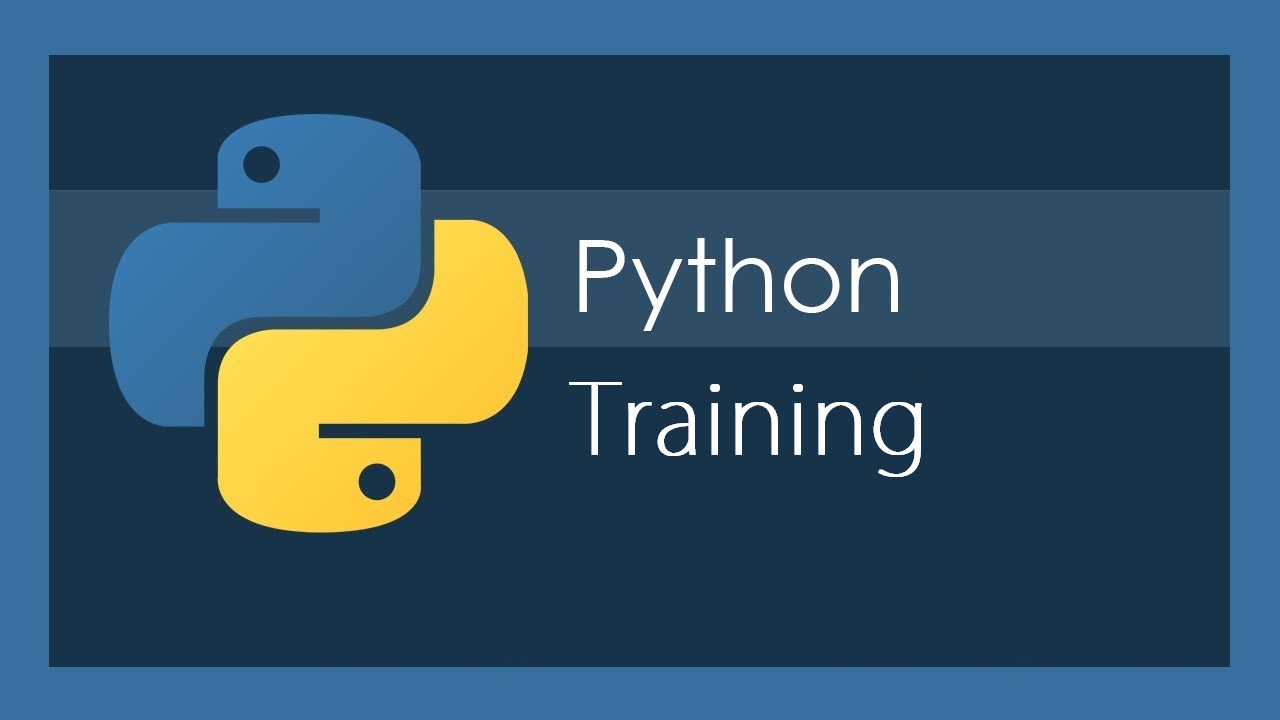원글
Whereas indispensable, for loops do carry computational overhead we can quantify. We see 2x speed beneficial properties with list comprehensions and over 100x sooner with numpy vectorization. Plus lower reminiscence usage. So efficiency differs noticeably. Note although that for loops retain versatility across information varieties. Each approach has professionals and cons based on the context. Alright, we coated a ton of ground right here on intermediate by means of advanced for loop utilization in Python. You‘re now equipped to leverage loops to their fullest throughout numerous actual-world situations. Here, we’re going through an inventory of fruits, like studying an inventory. Features in Python are like recipes. You give them some components, and they give you again a result. In this cooking adventure, our perform greet takes a reputation and says hi there. We even have a bit be aware (docstring) describing what our perform does. The constructors int(), float(), and complicated() can be utilized to provide numbers of a particular kind. Additionally referred to as integer division. For operands of sort int, the outcome has type int. For operands of kind float, the outcome has sort float. Usually, the result is a whole integer, although the result’s type just isn't necessarily int. Not for complicated numbers.
The 2 forms of identity operators in Python are is and is not. The following desk comprises the description of these two operators, along with their respective examples. Ternary operators, which can be known as conditional expressions evaluate something based mostly on a specific situation being true or false. It merely allows the programmer to test a condition in a single line replacing the multi-line if-else statements, and therefore makes the code compact. There are operators for addition, subtraction, multiplication, division, modulus, and exponential operations. Some of these operators work for strings too. All of the arithmetic operators are special characters. Let’s take a look at an instance of arithmetic operators in Python. Python training institutes [My Page] helps addition and multiplication operators for strings. Python Comparability operators are used to check two values. A default argument is a parameter that assumes a default worth if a price is just not provided in the function call for that argument. The next example illustrates Default arguments. Example: We name myFun() with the one argument. Notice: To know extra about default arguments click on right here. The idea is to allow the caller to specify the argument name with values so that the caller doesn't want to recollect the order of parameters.

Every developer, regardless of their expertise, often stumbles upon errors. However what distinguishes a seasoned programmer from the remainder is the flexibility to anticipate, recognize, and proficiently deal with these errors. In the realm of error handling in Python, there are some common pitfalls that developers often fall into. Let's highlight these pitfalls and discuss strategies to keep away from them. Suppose we would like the value of email to be default@gmail.com by default. We set the default worth of the e-mail parameter to be default@gmail.com. ’t must specify a price for the email argument. To this point, we’ve mentioned how we can move values right into a perform. But a operate may also be used to go values to the rest of a program.
We also carry out logical operations like better than, less than, and equality checks. Although Python does not have built-in assist for constants, it is a standard convention to make use of uppercase names to signify fixed values. While the worth of a constant can still be changed in Python, it serves as a visual indication that the worth should stay constant and never be modified. Within the below instance, PI and GRAVITY are treated as constants with uppercase names, even though they will nonetheless be reassigned. We calculate the area of a circle using the constant PI and the radius variable. Word: It's suggested not to make use of such a loop as it is a by no means-ending infinite loop the place the condition is at all times true and you need to forcefully terminate the compiler. For loops are used for sequential traversal. For example: traversing an inventory or string or array and so on. In Python, there is "for in" loop which is much like foreach loop in other languages. Let us learn the way to use for loops in Python for sequential traversals with examples. It can be utilized to iterate over a spread and iterators. The code makes use of a Python for loop that iterates over the values from 0 to 3 (not including four), as specified by the range(zero, n) construct.
